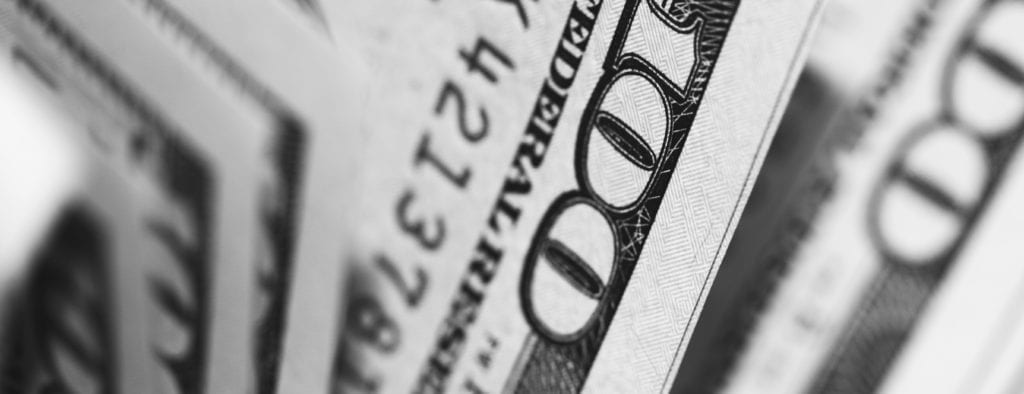UPCEA/Chmura Study: Exploring the Determinants of Student Loan Default Rates

Student loan defaults in the United States have been a growing problem. After reaching a historic low of 4.5% in 2003, student loan default rates have been trending upward, rising to 10.0% for the 2011 cohort.
Total student debt has also been increasing in the nation, rising above $1 trillion in 2010 and approaching $1.5 trillion in Fall 2017. As student loan debt increases for an individual student, default rates actually tend to decrease—the assumption being that students who borrow more also end up earning more with professional degrees, such as in law or medicine. Increasing total debt and increasing default rates together, however, is certainly a concerning trend.
What can the student loan default situation tell us about the future of higher education? While the majority of loan defaults come from traditional college graduates or students who do not finish their degree, professional, continuing, and online education units may be able to play a part in adding value to credits earned through degree completion or alternative credentialing. The latter may also play a role in helping to reduce loan defaults by increasing an employee’s value in the workplace. Other factors that could also increase value are more convenient delivery of programming through online delivery and more modular learning.
